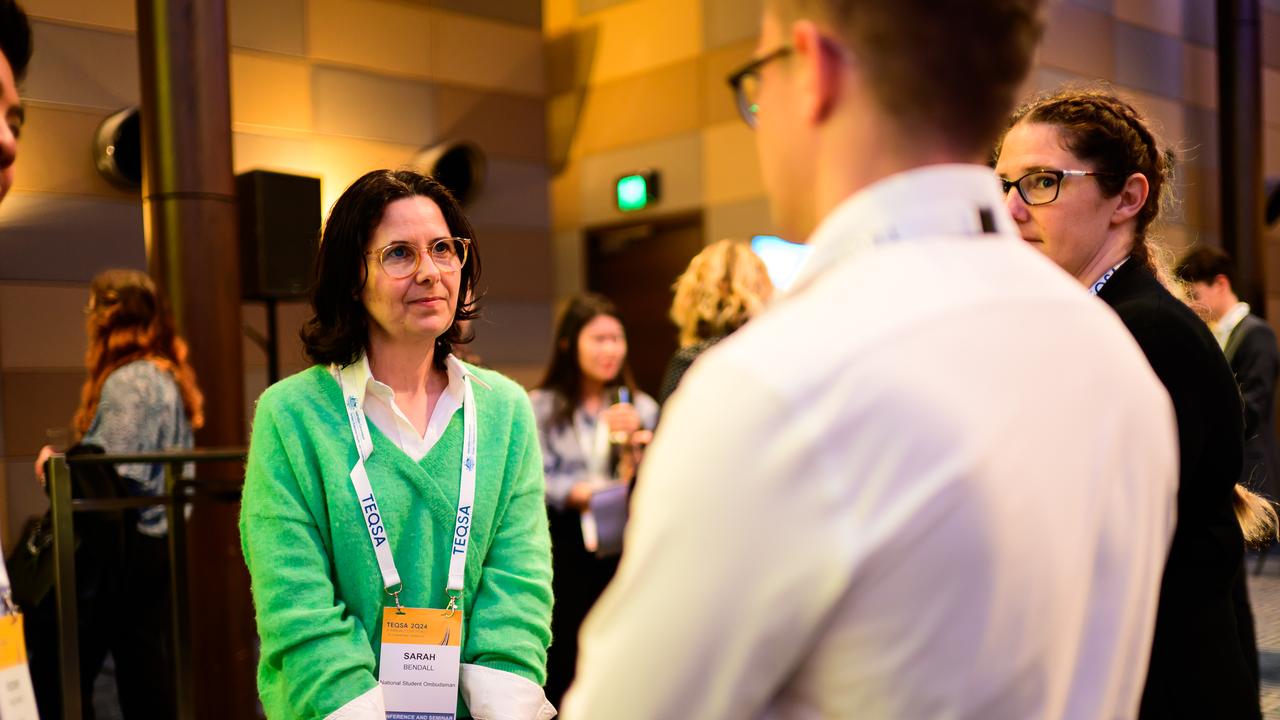Petition rejects effort to place biological sex on a spectrum
Recasting the fact of biological sex as a changeable social construct is ‘ideological’.
Recasting the fact of biological sex as a changeable social construct is “ideological, scientifically inaccurate and socially irresponsible”, according to a new international petition in defence of human biology at a time of identity politics.
“In contradiction of evolutionary history and millennia of human observations, highly esteemed scientific periodicals are running articles undermining the observable reality of biological sex,” say organisers of the online Project Nettie, named after US female geneticist Nettie Stevens, who discovered sex chromosomes in 1905.
They cite Scientific American’s statement in October last year, “Biologists now think there is a larger spectrum than just binary female and male”, and Nature’s in the same month — “The research and medical community now sees sex as more complex than male and female”.
The Project Nettie statement says: “Biological sex is fundamentally defined by male and female reproductive anatomy (which) differ qualitatively, not quantitatively, and there are no intrinsically ordered states between male and female reproductive anatomies. Biological sex does not meet the defining criteria for a spectrum.”
British developmental biologist Emma Hilton is a prime mover behind the petition, which disavows any political ideology and is pitched at scientists and science educators, and medical and health professionals, as well as scholars from other disciplines.
Signatories include well-known American evolutionary biologist Heather Heying, British sociologist Frank Furedi, Cambridge-trained geneticist and science communicator Kat Arney, and graduates of Australian institutions, among them University of Melbourne philosopher Holly Lawford-Smith.
Fair play
Dr Lawford-Smith has been a prominent defender of sex-based rights for women seen as threatened by official endorsement of transgender status based purely on self-identification. In Britain, Dr Hilton spoke at July’s London rally to protect women’s sport, pointing out that trans women competed with much of their male physical advantage intact. The International Olympic Committee reportedly has put off a proposal to halve the testosterone levels allowed for trans women athletes because a panel of scientists could not agree on this politically charged issue.
Motherless
Last week in Britain, a trans man, Freddy McConnell, who was born a woman, lost a court case that would have created the first baby bereft of a legal mother. McConnell, a Guardian journalist, became pregnant by artificial insemination. The High Court rejected his request to appear as the father on the birth certificate, saying the child had a right to know its mother. The judge cited “the basic facts of life”.
Sex-assigners
Another signatory to the Project Nettie petition, GP and Plymouth University professor of primary care Richard Byng, was lead author of a letter last year in The Lancet, criticising the “imprecise language” in trans youth treatment standards issued by Australia’s biggest gender clinic at Royal Children’s Hospital, Melbourne, which downplays the fact of biological sex by calling it “sex assigned at birth”. The Lancet had editorialised in praise of these clinical guidelines.
Byng writes: “Sex has a biological basis, whereas gender is fundamentally a social expression. Thus, sex is not assigned — chromosomal sex is determined at conception and immutable. A newborn’s phenotypic sex, established in utero, merely becomes apparent after birth, with intersex being a rare exception.”
In August in the Medical Journal of Australia, which published the 2018 RCH treatment standards as a peer-reviewed article, RCH gender clinic director Michelle Telfer and colleagues replied, saying the formula “sex assigned at birth” was “not intended to mislead (but) is standard terminology for clinicians who work in transgender health”. Dr Telfer and two of those colleagues hold Melbourne University appointments. RCH did not reply to a request for comment.
Gender Fairy
Dr Telfer’s clinic promotes a booklet called The Gender Fairy aimed at children aged four and up. An androgynous “Gender Fairy” tells a child: “Only you know whether you are a boy or a girl. No one can tell you.” With input from Safe Schools program creator Roz Ward, the booklet has a foreword by Dr Telfer saying it “approaches complex subject matter with a beautiful simplicity” and will help families “find understanding together”.
Female-plus zone
Melbourne University’s “women’s room” is pitched as “an autonomous place where women can feel comfortable and safe to be themselves without having to share the space with men or undergo male scrutiny”. The website has a list of nine dos and don’ts, among them: don’t assume “you know anyone else’s experience of gender and sexuality”, and do assume “all women are welcomed and valued in this space, including trans women”.
Melbourne’s women’s room can be traced back to the Princess Ida Club founded by female students in 1888 and named after a comic opera involving a university exclusively for women. A historical feature in the Farrago student magazine says: “Club members were allegedly so loud and disruptive that a noise complaint made by Professor Harrison Moor was immortalised in a cartoon (published in Melbourne Punch in 1897 and depicting) a scene of animated, energetic women, playing billiards, boxing and fencing, lifting weights, singing together at the piano, and reading in their university robes.” A photo of the club parlour, from the same year, bears the caption: “Let no man enter on pain of death.”
Gender science
Looking to the future, the Australian Academy of Science’s 10-year Women in STEM plan for nurturing talent in science, technology, engineering and mathematics declares: “We must create an environment where girls and women can readily engage in STEM education and then use those skills to progress through their careers to senior levels.” A glossary on P58 of the 62-page document explains what the term “woman” means: “Anyone who identifies as a woman, including cisgender (personal gender identity corresponds with sex assigned at birth), transgender (personal gender identity does not correspond with sex assigned at birth), non-binary and intersex persons who identify as a woman (or girl).”
This definition matches the one found in the federal Sex Discrimination Act 1984, giving effect to human rights treaties and promoting “equality between women and men”, according to an academy spokesman, who declined to say whether women’s groups had been consulted about the matter. Australian government guidelines, updated in 2015, say: “An individual’s gender may or may not correspond with their sex assigned at birth, and some people may identify as neither exclusively male nor female.”


